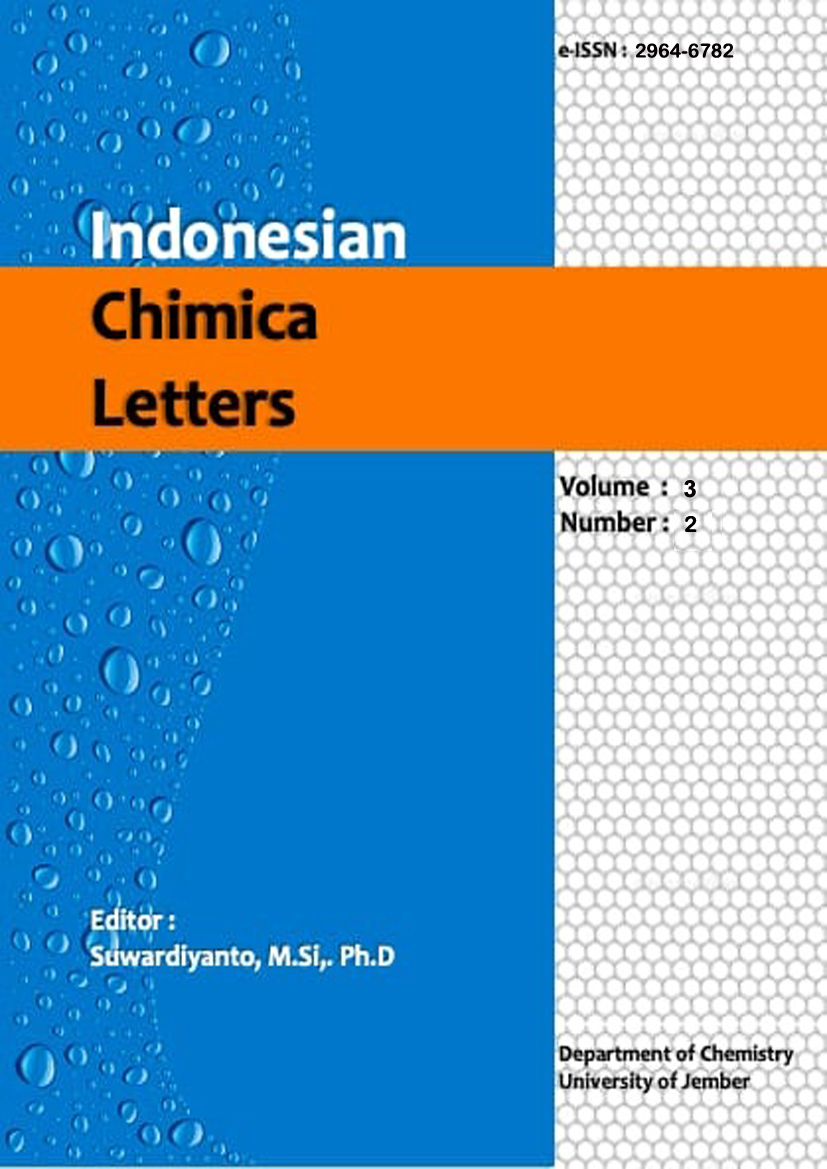The Effect of Substrate Concentration and Incubation Time on The Activity of The Uricase Enzyme From Goat Liver
DOI:
https://doi.org/10.19184/icl.v3i2.4255Keywords:
Goat liver, incubation time, substrate concentration, uricase enzymeAbstract
Uricase is an oxidoreductase enzyme that catalyzes the degradation of uric acid into allantoin, hydrogen peroxide, and carbon dioxide. Allantoin, the primary product of uric acid degradation, exhibits 5-10 times greater solubility in water compared to uric acid. This property underscores the importance of uricase in managing hyperuricemia, a condition characterized by elevated uric acid levels in the blood. Hyperuricemia is associated with diseases such as gout, kidney dysfunction, and hypertension. While humans and primates lack the uricase enzyme, it is naturally present in the liver of non-primate mammals, including goats. This study investigated the activity of uricase extracted from goat liver, focusing on the optimum concentration of uric acid as the substrate and incubation time necessary for achieving maximum enzymatic activity. Goat liver samples were processed using borate buffer (pH 8.5) ammonium sulfate fractionation and dialysis to isolate uricase. The enzymatic activity was evaluated at uric acid concentrations of 1.0, 1.5, 2.0, 2.5, and 3.0 mM and incubation times of 3.0, 3.5, 4.0, 4.5, 5.0, 5.5, and 6.0 hours. The results revealed that the optimum substrate concentration for uricase was 2 mM, yielding total enzyme activity of 0.6704 U/mL and specific activity of 0.0443 U/mg. Additionally, the optimum incubation time was determined to be 5 hours, resulting in total enzyme activity of 0.8421 U/mL and specific activity of 0.0556 U/mg. These findings provide valuable insights into enhancing uricase activity and optimizing its application in therapeutic strategies for hyperuricemia management. Further research is recommended to explore the potential of uricase in clinical and pharmaceutical contexts.



